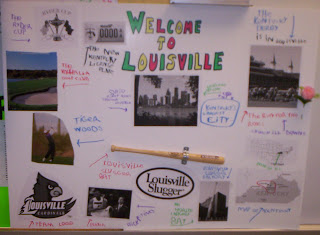


What a great wrap up! It was the perfect review! We talked about sports teams, transportation, economy, the Civil War, endangered animals, natural disasters, natural harbors, the maritime effect, city nicknames and so much more! Awesome!!
Miami is a major city in southeastern Florida, in the United States. It is the county seat of Miami-Dade County. Miami is a global city with an estimated population of 404,048. It is the largest city within the South Florida metropolitan area, which is the largest metropolitan area in the Southeastern United States with 5.5 million people. Miami and its surrounding cities make up the fifth largest urban area in the United States. As of 2005, the United Nations estimates that the Miami Urban Agglomeration is the fourth largest in the United States, and the 44th largest in the world.
Miami’s importance as an international financial and cultural center has elevated Miami to the status of world city. Because of Miami’s cultural and linguistic ties to North, South, and Central America, as well as the Caribbean, Miami is many times referred to as “The Gateway of the Americas”. Florida’s large Spanish-speaking population and strong economic ties to Latin America also make Miami and the surrounding region an important financial center of the Hispanic world.
Miami is also home to one of the largest, most influential ports in the United States, the Port of Miami. The port is often called the “Cruise Capital of the World” and the “Cargo Gateway of the Americas”. It has retained its status as the number one cruise/passenger port in the world for well over a decade accommodating the largest cruise ships and the major cruise lines.







































